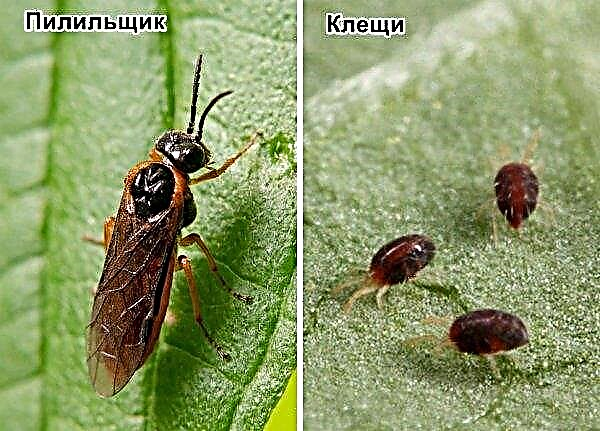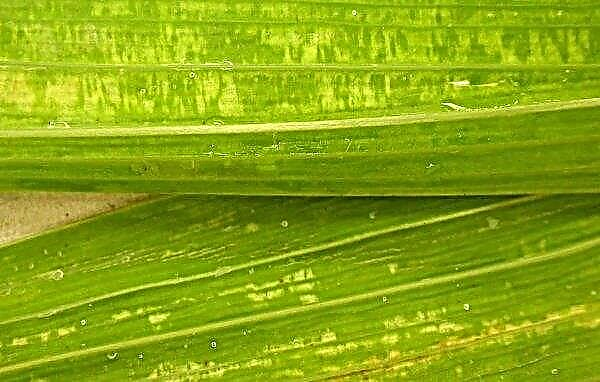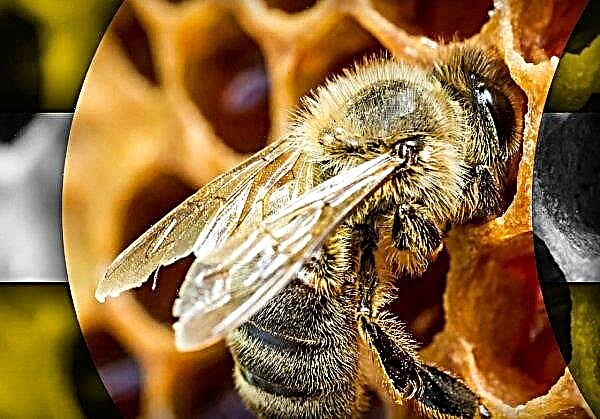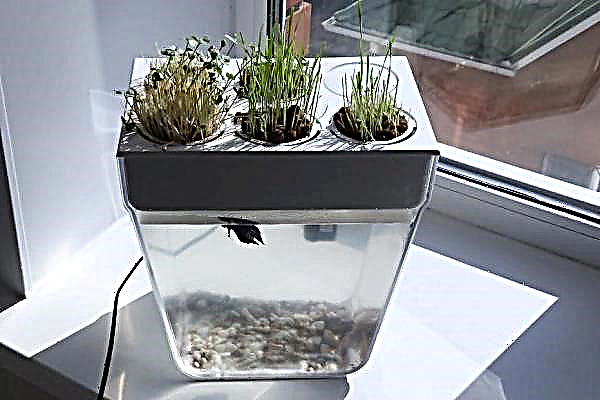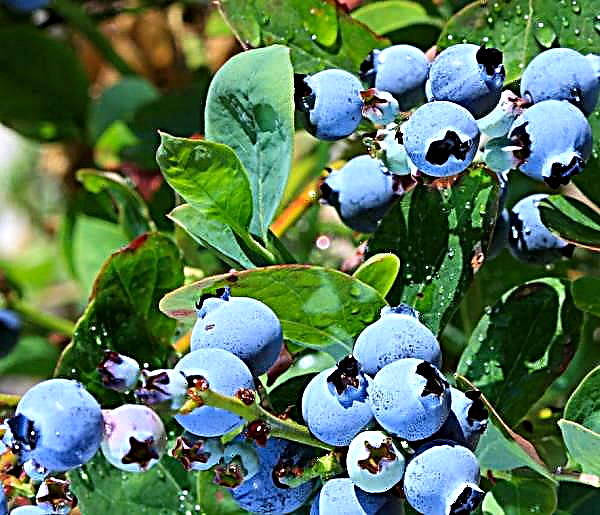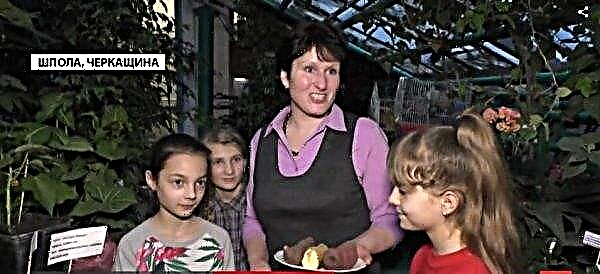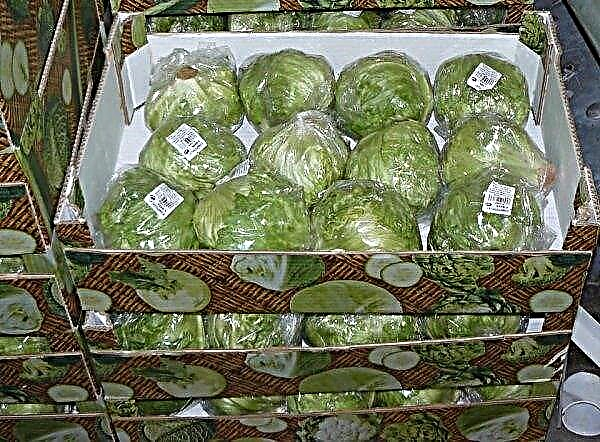Brightness, unpretentiousness and a wide variety with multi-colored buds - a description suitable for irises, widely used in landscape design. They grow in flower beds, fields, meadows and indoor conditions.
Being in a vase with water, remain beautiful for a long time. This article describes the classification and basic rules for planting and caring for irises, which are suitable for most species and varieties. Following some simple rules described in the article will provide your garden with incredible multi-colored beauty.
Iris or iris plant
Iris is a common and popular flower, represented by numerous species and varieties. Their sweet smell is similar to a mixture of vanilla and baked milk to many people, and the underground part is even used to produce aromatic butter for confectionery.
The leaves are harsh, like swords, green, do not fall for the winter. Iris has high peduncles, which can be single or arranged in groups of several pieces (up to 10).
It smells good. The aroma differs depending on the color of the plant. In various species, petals are white, yellow, pinkish, bluish and even purple. In addition, their shade is different and on one peduncle forms a kind of rainbow. Velvet petals with corrugated ends.
Growth and flowering of bulbous iris begins very early: as soon as the snow melts. During this period, an active accumulation of nutrients from the soil begins. Rhizome irises bloom from May to June, as well as in late summer and autumn. Among irises, species with a beard (consisting of thin hairs on each petal) or without it are distinguished. The flower is large enough (up to 15 cm in diameter), blooms in spring or summer.
Among irises, species with a beard (consisting of thin hairs on each petal) or without it are distinguished. The flower is large enough (up to 15 cm in diameter), blooms in spring or summer.
Plant species
In addition to classifying these plants into bulbous and rhizome, they are also conditionally divided into bearded and non-bearded. It was indicated above that the presence of special hairs on the petals classifies the plant as bearded. The second barbs do not, but there are very bright, yellow spots of various shapes.

Bearded Irises
This group is represented by the most numerous varieties bred by breeders over the years.
Important! If you lay the bearded irises in the area where sea buckthorn grew, they grow very much, become huge, and half freeze in the winter.
Bearded representatives are conventionally divided into three subgroups:
- dwarf (up to 40 centimeters);
- medium (from 40 to 70 centimeters);
- high (above 70 cm).

The yellow dwarf irises introduced to our region in the 8th century became not interesting for gardeners. Early flowering varieties with unusual coloration and fouls parallel to the ground are now bred. The presence on the site of all three varieties of irises can provide a constant flowering beauty and delight the eye during the entire warm period. Dwarf blooms in May, preceding medium and high.
Did you know? The name "iris" is associated with the name of the ancient Greek goddess-guide of the deceased women in the afterlife. They are also called "killer whales" (leaves similar to a scythe) and "cockerels".
The roots of these beauties are annuals. The underground system is not afraid to dry out, it will even strengthen it, and excess moisture can lead to undesirable microflora and even rot.
Among the variety of irises, there are varieties that differ in the color of the petals: Pinnacle (yellow), Tool Gate (part of the petals is white and part is blue), Helen Collingwood (part is white and part is purple), Broadway star or Broadway Star (half of the petals are white and yellow, and the second part is raspberry-violet) , Aurelio (burgundy), Swahili (violet), Purple Harmony (blue), Great Lakes (light blue), as well as the exquisite variety Symphony (blue-yellow). Other less popular varieties with different color of petals and their shape are also distinguished.

Non-bearded irises
Among non-bearded irises, several species are distinguished, of which the following are known: Siberian, chrysographs, Japanese and California. Beardless people are distinguished by the presence of a thick perennial rhizome, which can be easily cut into parts for the purpose of reproduction. They are well adapted to slightly acidic soil, so for the winter they are covered with needles, ensuring the maintenance of acidity at the proper level.
Did you know? Some bearded species can reach the height of human growth, and therefore have become popular for decorating the shores of various reservoirs.
This group also has a large number of varieties that differ in the color of the petals. So, among the Japanese varieties are popular: Edmonton (blue with black lines), Marmoura (bluish-white with dark blue veins), Azure (blue in the main part of the petal and yellow at the base), White Lady (white, yellow at the base), etc.
Planting and caring for iris
Planting is carried out by rhizomes or bulbs. It is necessary to take into account the time of the onset of autumn frosts: the plants should stay for about a month in Indian summer conditions in order to get used to the soil and environmental conditions.
Important! Flowering plants (not only irises) should not be transplanted - you must wait until the end of flowering.
The following describes how to properly prepare rhizome plants for planting, instructions for its implementation, transplantation and care.
- For planting rhizome plants, you need to choose a sunny and dry place. Temperate soil is great for this purpose. But the marsh and Siberian species grow well in a humid and darkened place. If the soil is very clayey, it is recommended to add sand in order to better remove moisture.
- It is recommended to place a special drainage layer on the bottom of the holes for planting bearded varieties, which you can do yourself (for example, broken brick, the remains of clay products or river sand). For Siberians it is forbidden to use lime, it must be replaced with bone meal. Do not plant in too acidic soil, otherwise the plant will actively divide, and you will not see it blooming.
- Rhizomes before planting, get rid of old and rotten roots, treat with a fungicidal agent (can be replaced by soaking in a weak solution of potassium permanganate for half an hour).
- If very long roots are present, it is necessary to shorten them to 8-10 cm (when planting in the spring), or 2/3 of the length (autumn planting).
- In each hole, you need to add a little planting ground and place the rhizome, carefully spreading the root system on it. For bearded species it is better to make a slide of river sand. Then sprinkle the bottom with earth and tamp. Water and cover the planting area well with fresh herbs, straw or sawdust to protect against the rapid evaporation of water and inhibit weed growth.
- Subsequently, it is necessary to regularly loosen the soil and get rid of weeds. The water temperature should correspond to the air temperature. It is necessary to feed only at the beginning and at the end of the season, after the flowers fall.
- Before strong frosts, spud rhizomes. If the weather conditions in winter are quite severe and lightly snowy, it is also advisable to trim the aerial part to a height of 10 cm, and cover the rhizome with a ball of leaves and snow. At the end of the protection is removed after the snow melts. Siberian varieties easily tolerate severe cold in open space, but Japanese may not survive. The latter must be taken home for the winter, after being transplanted into pots.
- You can divide and transplant in the spring before the buds appear, or after they bloom in the autumn.

For bulbous varieties, there are their own nuances of planting and transplanting, which differ from the previous rhizome group:
- preliminary stratification is carried out in cold conditions for 2 months, after which the bulbs are placed in the planting soil in small containers with large drainage holes;
- the bulbs should be half in the ground, and the surface part should be sprinkled with soil and then well watered until high soil moisture is reached;
- after transplantation, the second and subsequent irrigation is carried out after the awakening of the aerial part;
- bulbous plants after falling flowers and half of all leaves are dug up, as excess moisture is not allowed during dormancy.

In indoor conditions, such plants require special care:
- old, yellow leaves are cut with a sharp clean knife or other tool;
- inflorescences with drying buds are removed - this way the seeds are not formed, and the plant remains attractive;
- flower stalks are better to strengthen with the help of props, because they can break under the weight of large flowers.

It is necessary to feed with mineral fertilizers every month, starting from the period of awakening of sprouts to the appearance of flowers (if your soil is poor in nutrients). In the case when the earth is well fertilized, the introduction of additional substances during the first 3-4 years can not be carried out.
Fertilizing with nutrients is also necessary after flowering. Do not use mixtures with a high nitrogen content, such as rotted manure. Before applying fertilizers, it is necessary to moisten the soil well so as not to cause a chemical burn of the roots. Nitrogen fertilizers tend to reduce winter hardiness, and potash fertilizers increase it. Therefore, the first should definitely be made in the spring.
The soil for cultivation should be well-drained, with a neutral reaction. A slightly alkaline or slightly acidic environment is also allowed. Plants feel good in poor nutritional conditions, but still an adequate amount of useful elements is necessary for the full structure of all plant systems. For indoor cultivation, you can use garden soil mixed with turf and light leaf, peat.
Breeding iris
Irises are propagated by rhizomes, bulbs, seeds or daughter plants. It is advisable to do this at the end of the summer period after color.
The steps for dividing the rhizome species are described below.
- During the transplant, irises are taken out of the ground and the remaining soil is removed from the roots.
- Rhizomes are cut with a clean sharp knife or broken.
- A section of the wound is sprinkled with chopped charcoal and dried.

Japanese and Siberian species are propagated by seeds, they begin to germinate only after 1.5 years, and bloom after 2. To accelerate the appearance of sprouts, seedlings can be placed in a greenhouse in a well-lit place.
Important! Plant transplantation should be carried out according to this principle: if the spring color is in August, the summer color (second half) in May, the color in the middle of summer can be both in August and in May.
Plant diseases
In the absence of proper conditions for the care of irises, they can become ill. In too humid and cold conditions, plants rot. In this case, it is necessary to dig, separate, leaving healthy parts and treat the remaining fungicides.
Iris can develop bacterial rot, fusarium, heterosporiosis, gray rot of the stem and rhizome, as well as rust. Infected areas are dried for about 24 hours in the open. Re-planted only in fresh soil, since bacteria or fungi are present in the old one.
If you want to see unpretentious and beautiful irises on your plot, you should remember the basic rules of planting and care: timing, type of soil, fertilizer, humidity, temperature and other nuances. With a little effort, you can achieve a spectacular look of long flowering fragrant plants at home.

